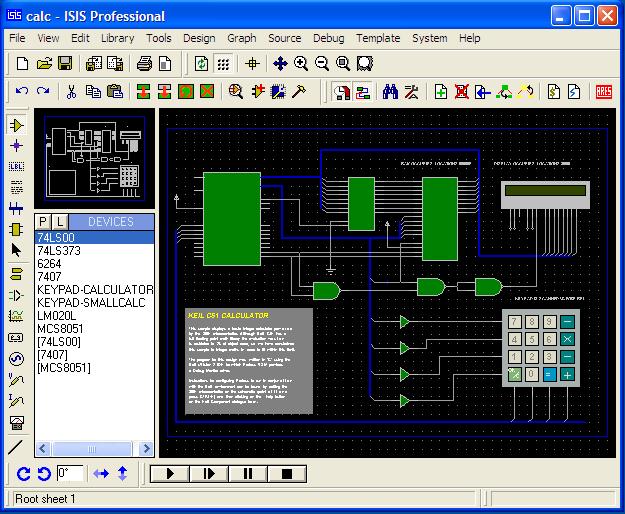

- #Crack proteus 8 professional cracked#
- #Crack proteus 8 professional software#
- #Crack proteus 8 professional series#
Indeed, many companies cite their R&D ranking as a source of strength. Ford’s brevity may reflect other, competing goals in such financial disclosures the company may, for instance, wish to keep its competitors in the dark.įortunately for investors, most other automakers provide a level of detail that is closer to Toyota’s than to Ford’s. Ford does not provide a rationale for last year’s 10 percent cut, nor does it try to play up the company’s continuing position as one of the most R&D-intense companies in the world. It simply lists, in two brief paragraphs, how much it spends and where it spends it. In contrast, Ford’s description of its impressive R&D program can charitably be described as perfunctory. So it has already received large dividends from its R&D in environmental technologies. Of course, Toyota is well known for its Prius hybrid, an iconic symbol for green-conscious drivers. But it gives little information on the scale of those investments. Toyota’s filing asserts that its R&D priorities are to develop such environmentally friendly technologies as hybrid gas-electric drive, fuel cells, and recyclable materials. The argument, however, avoids any acknowledgement of the company’s low R&D Intensity relative to that of other carmakers. The company goes out of its way to declare that maintaining leadership in R&D is a key to improving overall performance. Toyota’s filing provides a lot of detail on the company’s R&D strategy. However, the quality of information in those reports varies greatly. Investors’ only source on R&D spending is the quarterly and annual reports that publicly traded companies must submit to the agencies that regulate the various stock exchanges, as the Securities and Exchange Commission does in the United States. Finally, a company may so dominate its market that it feels little pressure to come up with new ideas. After all, a company may spend little simply because it is strapped for cash. It could also be that unusually low R&D spending is a symptom of larger problems. It could be that R&D spending is necessary but only up to some ill-defined point. On the other hand, the Booz Allen study found that being a scrooge with R&D is also a bad idea: companies in the bottom 10 percent underperformed their peers. The study found that firms whose R&D spending put them in the top 10 percent of their peer group did not outperform those peers in any financial metric. These examples are part of a larger pattern, identified in a recent study by Booz Allen Hamilton, a consulting firm.

#Crack proteus 8 professional software#
Although it more than doubled its R&D spending, its R&D Intensity still came to just 11.5 percent, lower than that of most software firms.
#Crack proteus 8 professional cracked#
Yet it cracked the top 100 for the first time only this year, coming in 79th. Then there’s Google, another firm most people would call innovative. Comparing those sales to the relatively meager $712 million Apple spent on R&D in 2006 yields an R&D Intensity of just 3.7 percent, a fraction of Nokia’s 9.5 percent. (To run the numbers yourself, try our interactive calculator.) Its absence can’t be attributed to size, because Apple’s sales of US $19.3 billion surpassed those of 30 of the list’s 100 firms.
#Crack proteus 8 professional series#
In fact, it hasn’t appeared there since Standard & Poor’s and IEEE Spectrum began this series five years ago. Is this finding just an anomaly? Apple, the one company perhaps most closely associated with innovation, doesn’t even show up on the R&D leaderboard this year.


 0 kommentar(er)
0 kommentar(er)
